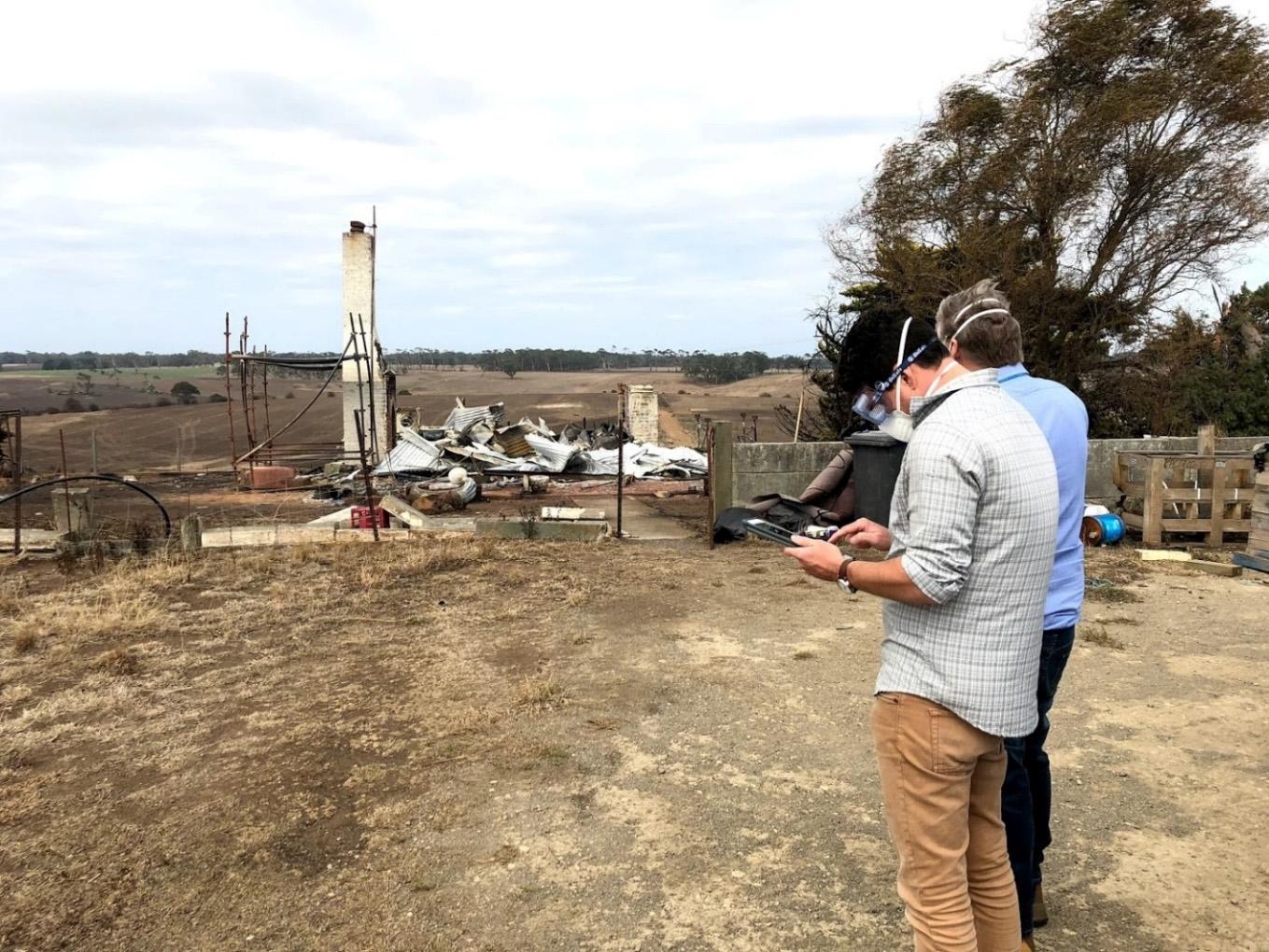Review of impact assessment and consequence management
53
4.2 Consequence management products and use Finding 11 The Inspector-General for Emergency Management finds the value of the consequence management products is inhibited by: •
difficulty with interpreting and use due to length and presentation of content
•
the quality of inputs through use of inappropriate and unsubstantiated data and/or intelligence
•
misalignment between the content of products and key decision-maker needs
•
lack of validation and evaluation of products to continuously improve the approach.
Since the introduction of consequence management in the 2013 Act, the associated products have continued to evolve and be refined. For example, the 2015 Regional Strategic Risk and Consequence Management Plan: Regional Plan Lorne – Jamieson Track Fire is a 40-page document with 11 scenarios based on discrete, potential consequences with limited synthesis. In comparison the consequence assessment produced for the South-West Fires contains three time-bound – scenarios based on possible different fire durations – one month, six-month and nine-month. These scenarios provided comprehensive analysis of a range of consequences using the resilience recovery domains. The use of the resilience recovery model is evidence of another change to consequence management products as these were incorporated in 2017. The current consequence management products are presented in Table 1 (p.26). Stakeholders held a range of concerns regarding the value and use of the consequence management products; especially regarding the relevance and effectiveness to inform decision-makers. Stakeholder concerns include: •
functionality of the products due to the long length of some products and variability in readability and content presentation
•
questions over the quality of evidence and inputs regarding whether the most accurate, appropriate and relevant data and/or local knowledge is being incorporated
•
analysis and content not aligning with or being reliable to inform decisions.
Due to these concerns, some stakeholders – including the intended audience of these products – reported not using them. Capturing some of these key concerns resulting in lack of decision-maker use: … the products that come out of the Consequence Team that sits in the SCC are perhaps not as robust as we would like to see them. They're very long, they're very difficult to read, so ultimately, it's not something that we really rely on when briefing up into SCRC or SEMC … their documents are not strongly linked to the needs of decision-makers and the evidence of that is that we don't use them when briefing …
Data and intelligence Stakeholders held concerns about the inputs of consequence management including the quality of data (for example baseline and impact assessment data) and intelligence (for example incident intelligence, local and regional area knowledge) informing consequence management products. There are two main positions regarding quality and incorporating data and intelligence. One position advocated for consequence management to be more data-driven and based on solid intelligence to produce robust products. Stakeholders advocating this position spoke of consequence management requiring ‘good data and good information’ and being based on risk and clear understanding of the impacts.






